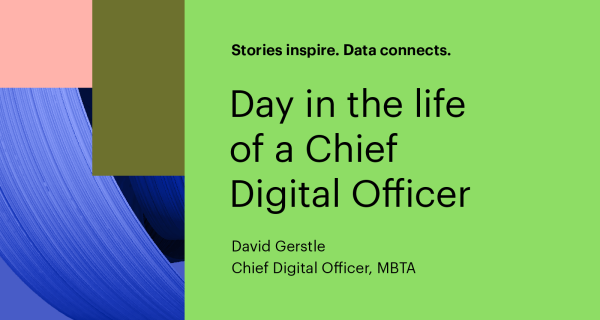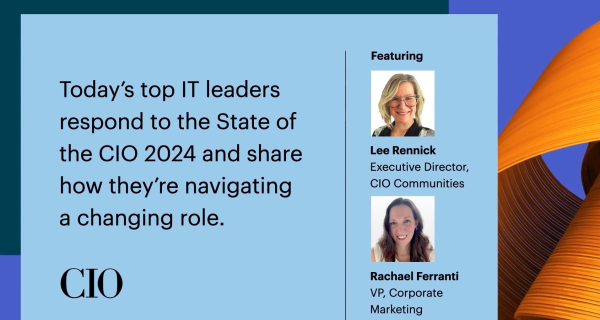Owens Corning is a global building and construction materials leader committed to building a sustainable future through material innovation. And much of that innovation is enabled by technology. Annie Baymiller, the company’s Global CIO and senior vice president, oversees a “small but mighty” IT team of 220, serving a global workforce of 19,000. She spoke with Foundry about her CIO role, how the IT purchasing process has evolved, and the importance of collaboration across the business.
Q. What are your primary responsibilities as global CIO?
I have accountability for all of our information technology, globally. In this era, that’s a big focus on digital transformation, analytics, cybersecurity, operational technology, and ensuring that our enterprise platforms are modern and ready to scale with the growth of the company.
Q. Who do you report to?
I report to the CEO and Board Chair.
Q. How would you describe a “typical” day?
I would break it down into three pieces that I think show up every single day for me. First and foremost, focusing on the team. I’m a firm believer that you get great outcomes if you have a really engaged team that feels connected and supported. If the team feels closely connected to the work, and they feel that it’s challenging but also motivating, we get the best out of everyone. This has enabled us to have very strong retention. So I spend a lot of time on talent.
Second, I spend a proportion of my time looking forward on strategy. That means connecting with the executive team and the business leaders on the future direction of the company to influence and be influenced by business strategies. I work with my team to be in lockstep with strategizing the technology and the talent needs that we’ll need for the coming years.
The third piece is connected to the active portfolio of work. It’s important that the team continues to hit the mark on execution so that our active technology initiatives are driving business value in the near term.
I have a very senior leadership team and have great trust in them for the active work around the portfolio, which means I can spend more time than I have in the past on our talent, engaging with the executive team and the Board of Directors on strategy, and out in the industry with fellow CIOs and our customers.
Q. What role do you play in technology purchases?
My leadership team and I are connected to every technology purchase or service. We want to make sure we get enterprise leverage as much as possible. We have a variety of business units spread globally, so the more we can buy once and share that across the various business units, the better for everybody.
Also, as the security posture of technology becomes more and more important, we need to get involved in the process as early as possible, especially for new vendors and new technology to mitigate risk. We want to expedite the process, but we also need to make sure that if there are gaps to be closed, we’re doing that early.
Someone from my leadership team sits on every business president’s leadership team, so we have strong partnerships with our businesses, and the team can quickly respond to evolving needs. That makes it pretty easy for us to be actively involved early on.
Q. What other internal stakeholders do you collaborate with on technology purchases, either within IT or across other departments or business functions?
The size of the group flexes based on the size of the spend, the size of the risks, the duration of the evaluation, and the complexity of the technologies. We work hard to make sure the main users of the technology are in it from the beginning for evaluating new technology. They have the best perspective to weigh in on both the usability of the technology and the business value we’re trying to create.
Rowing together from the start around what the problem statement or opportunity is creates far more speed to value in both the implementation and the long-term results. Our job is to move at the speed of business, so that if there is a need, we make sure that we can create the right solution, whether in-house or through a technology partner.
Digital technology and analytics are true enablers of growth, so they’re showing up in business plans by our business presidents and our executive team. Ideas emerge from all corners of the company. We want to make sure the right data is in the right hands for people across the globe to be able to learn and experiment and find insights and their own use cases. I’m a firm believer that if the insights are only coming from the top, or only coming from a centralized function, we’re missing tons of opportunities.
But that does require striking the right balance to make the value proposition of new technologies is in line with our risk profile. Taking the time with security reviews to make sure we’re being prudent up front gives us benefits on the back end.
Q. How has the tech buying process changed or evolved in the last 3-5 years?
A few things are changing. As every company charts out what digital transformation means for them, we’ve seen an emergence of niche technology, which creates interesting solutions, but also puts tension on the enterprise leverage and long-term stability of those solutions. That requires a different level of due diligence and evaluation.
And then we’ve seen more technology moving to “as a service” models. That changes not just the sourcing process and evaluation of how that fits into our landscape, but also creates new risks and starts to shift some of the funding models. That requires different thinking about the buying process as we consider budgets and growth over the course of the coming year.
Q. What can technology vendors be doing better, or doing less of, to get your attention and your team’s attention?
Knowing as much about the company as they can in advance of early discussions makes it far more efficient and useful for everyone, vendors included. I wouldn’t want anyone wasting their time, so if they have a sense of where the company is going, even if it’s just from a business strategy point of view, understanding what we do and the growth potential of the company, that leapfrogs the conversation a bit.
Candidly, the cold call doesn’t do much for me. It’s about forging relationships. My best providers are the ones that I feel like I have a true relationship with. They’ve taken the time to understand what we need and make sure that gets prioritized. Building relationships, as opposed to trying for the quick sale, is good for the long term.
As far as the actual technology, there are a few areas. One is making sure that security is at the forefront of the technology designs for the company. Another is the ability to integrate with other technologies. As we think of all the data flows, and all the automation that people are going to be investing in in the coming years, it’s far less likely for standalone solutions to be additive at the enterprise level. Making sure that your solutions are nimble and can be integrated into our tech stack is important.
Lastly, during the evaluation phase, we want small proof-of-concepts that show us the value proposition really quickly. Decisions are made with a rigorous process, but everybody wants to move as quickly as they can.





